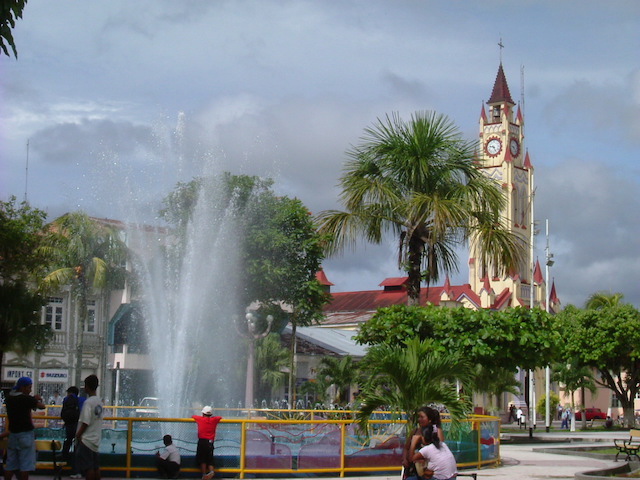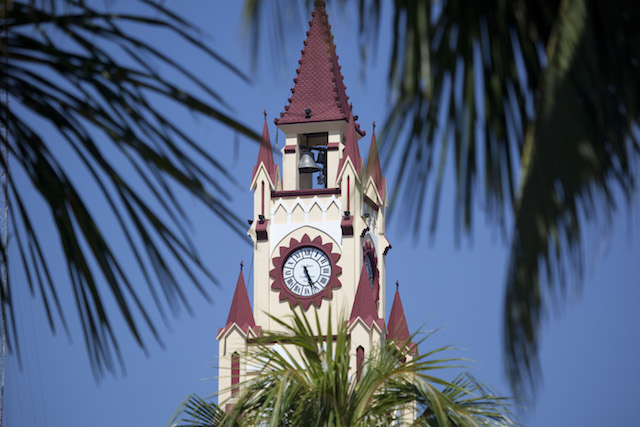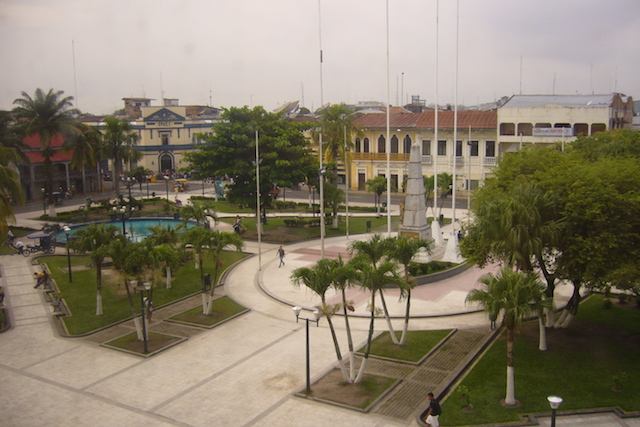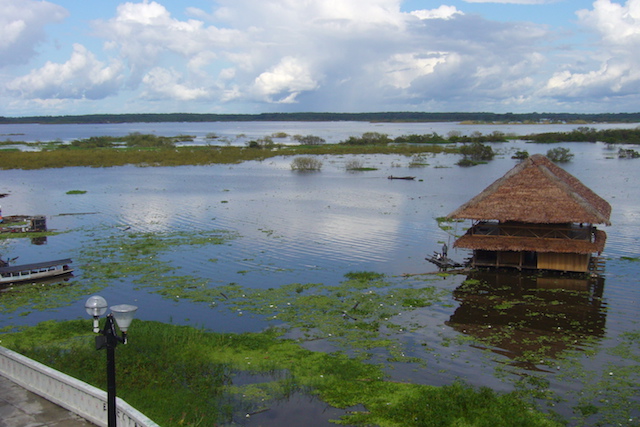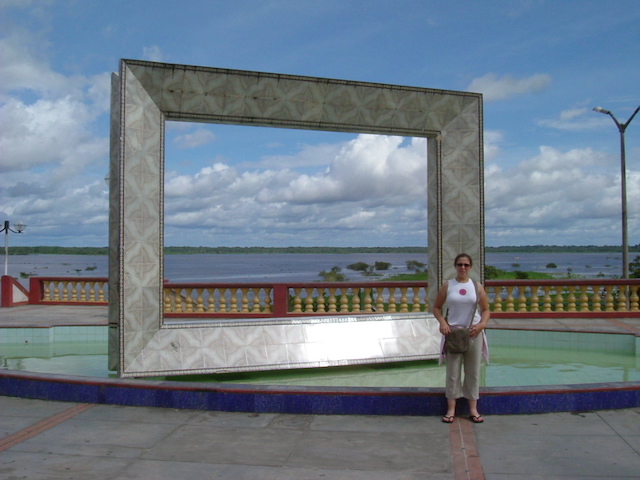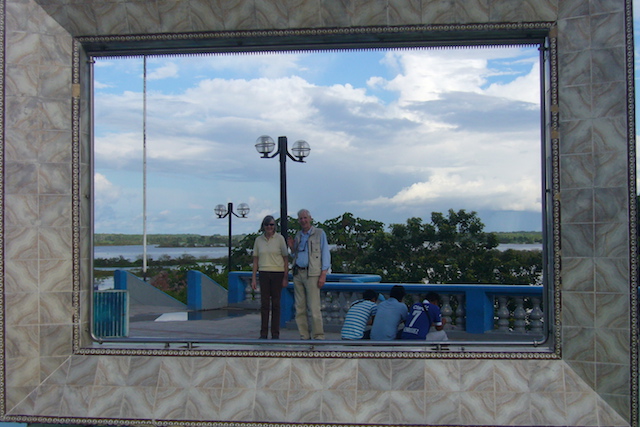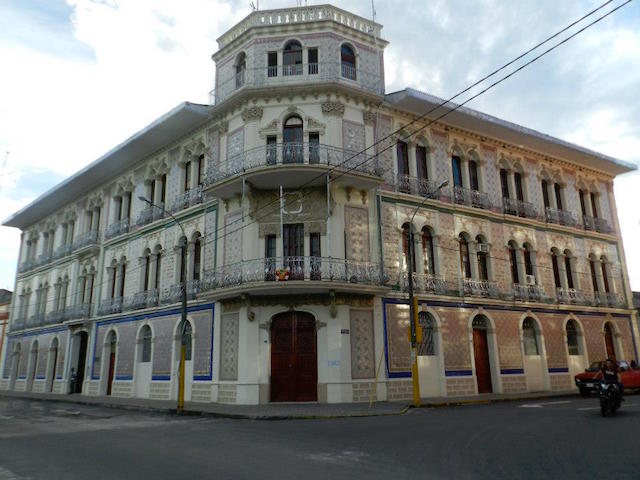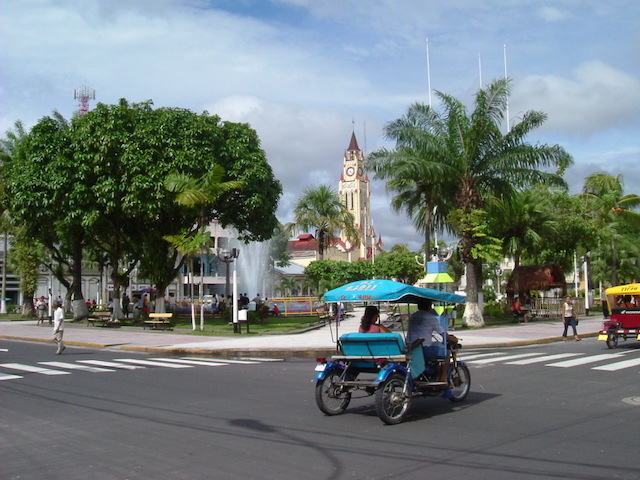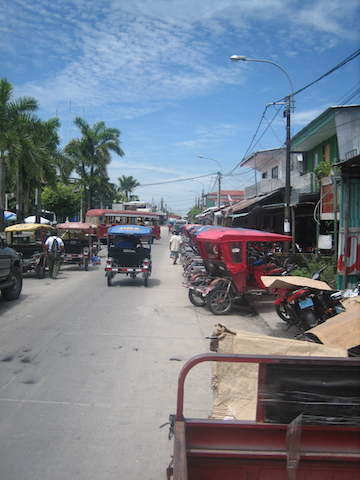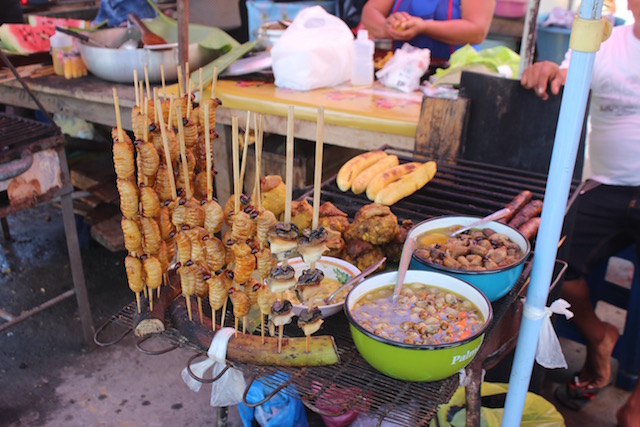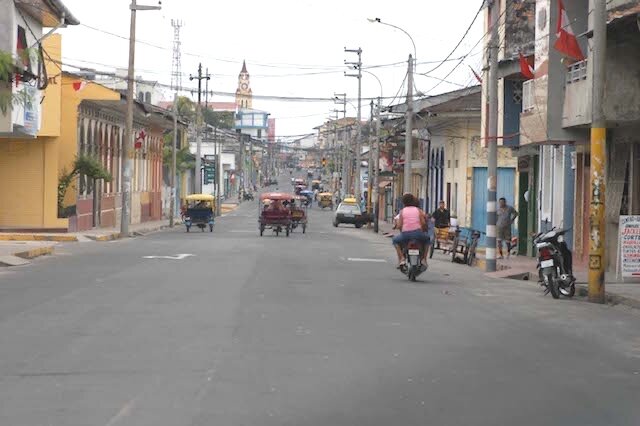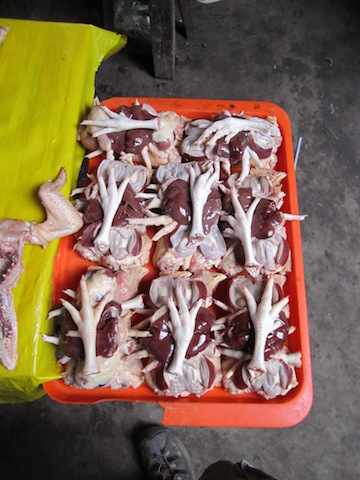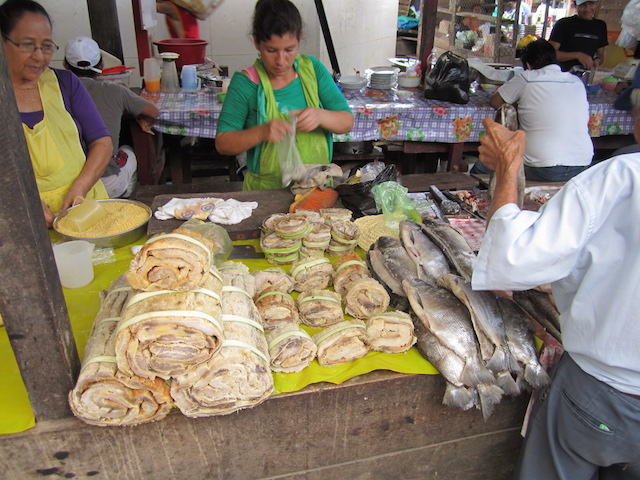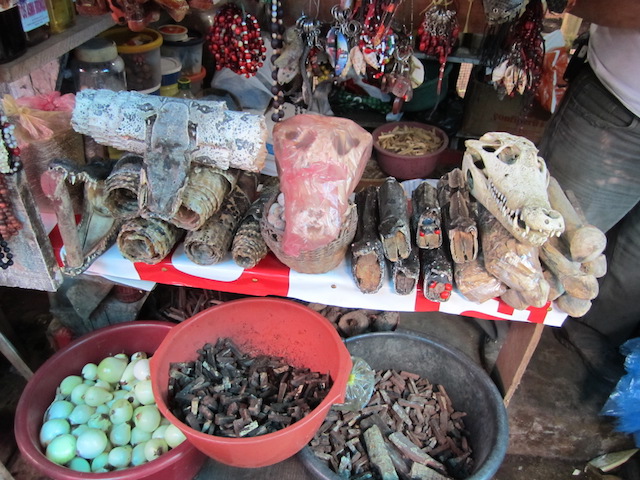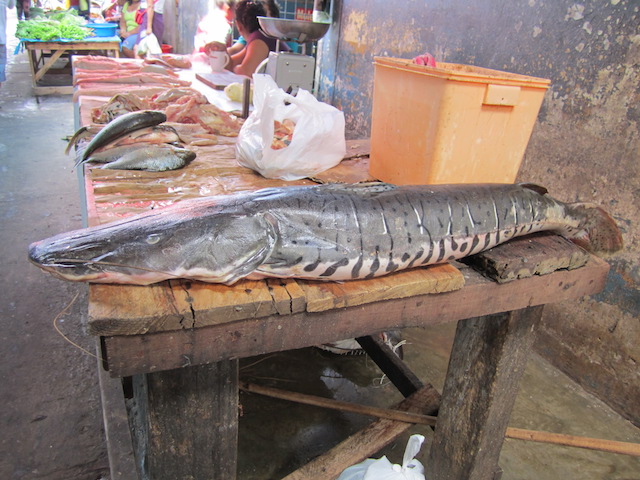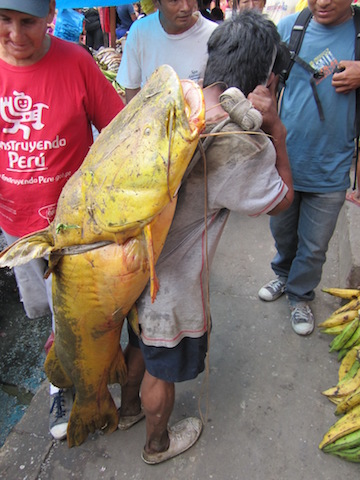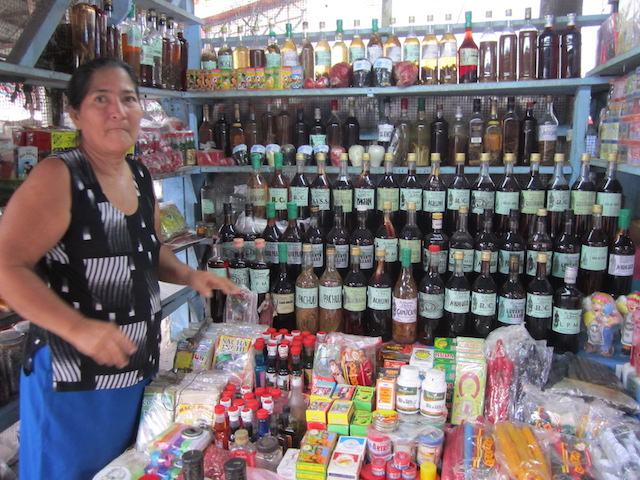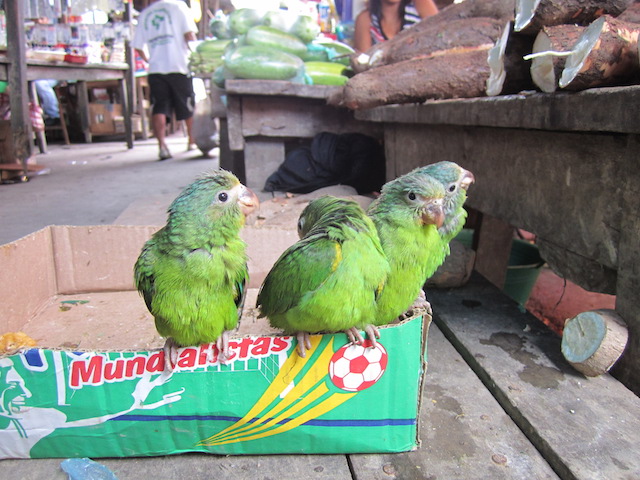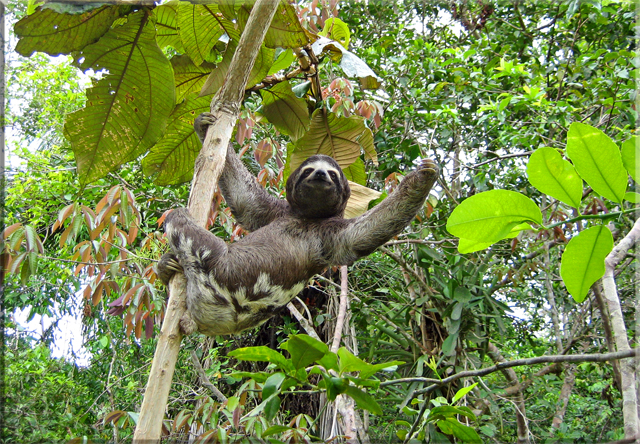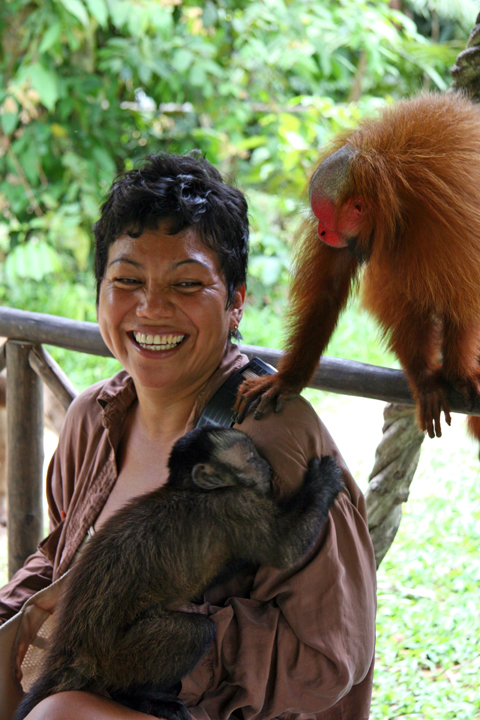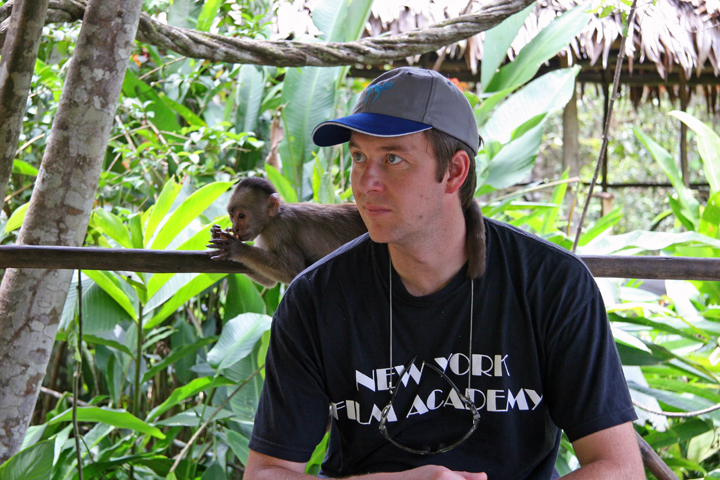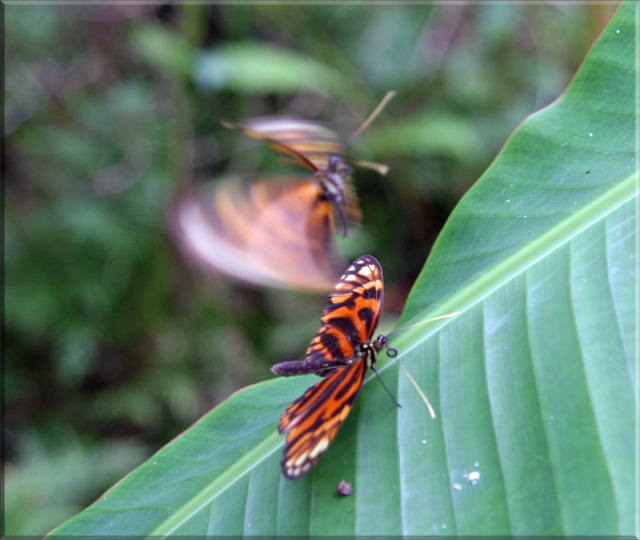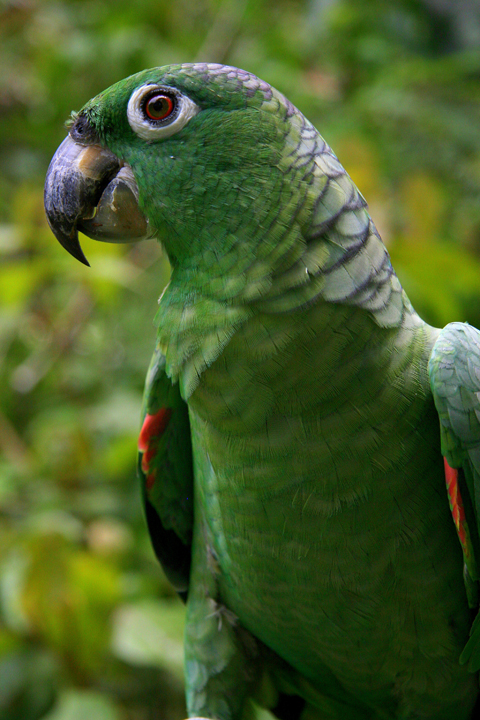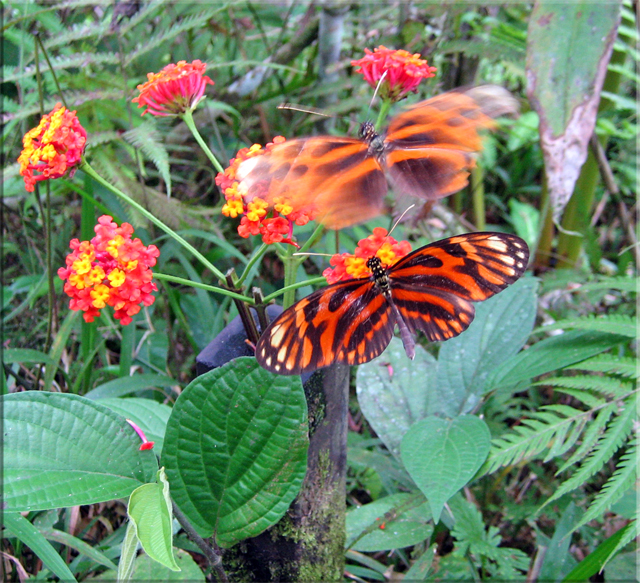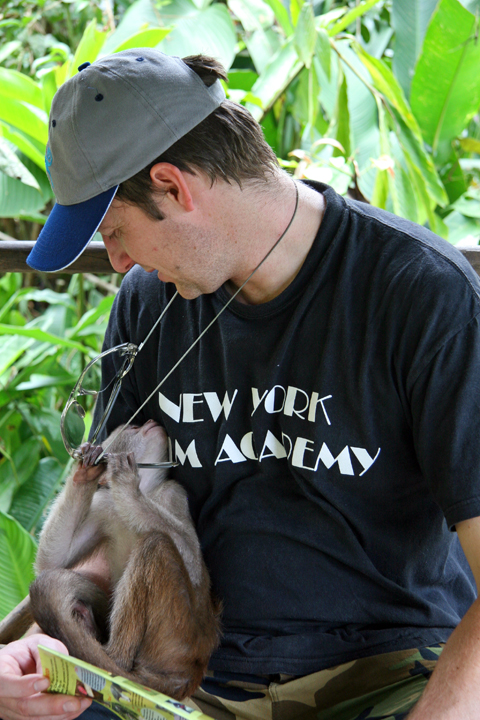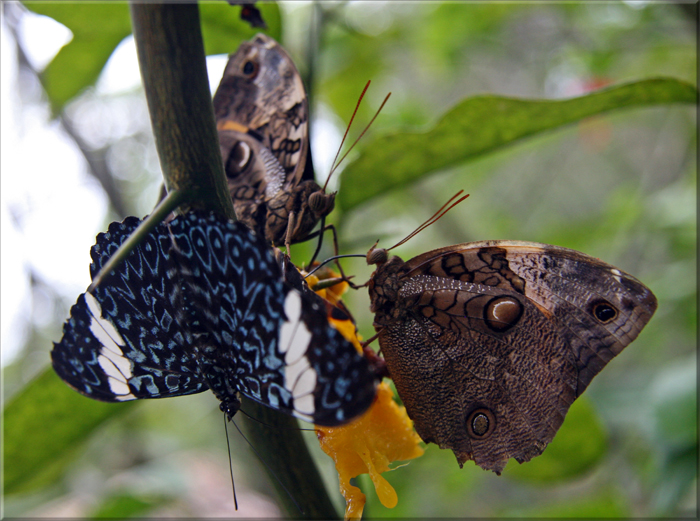A Guide To Iquitos
Iquitos is the largest city in the Peruvian rainforest, with a population of around half a million. It is the capital of Loreto Region and Maynas Province and the world’s largest city without access by road.
Geography of Iquitos:
Iquitos is situated on the Amazon River, 125 km (78 miles) downstream of the confluence of the Ucayali and Marañon rivers, the two main tributaries of the Amazon River in Peru.
There are a number of protected areas, each with a remarkable biodiversity and endemic species, within a few hours’ journey of Iquitos:
Pacaya-Samiria National Reserve: Peru’s largest national park.
As a result, Iquitos is the jumping-off point for numerous excursions into the surrounding jungle, be it on a luxurious Amazon cruise boat, to a rustic lodge or - for the more adventurous - a camping trip into the rainforest.
Despite being more than 3,000 km (1,864 miles) from the mouth of the Amazon at Belem (Brazil), on the Atlantic Ocean, Iquitos is only 106 m (348 ft) above sea level. As a result, ocean-going vessels can make their way all the way up the Amazon River to Iquitos, meaning that it has long been a major port in the Amazon Basin.
Climate of Iquitos:
Iquitos has a tropical rainforest climate with abundant rainfall and hot temperatures all year round. The average relative humidity is 85%.
The wet season lasts from around November to May, with the rivers reaching their highest point in May. The rivers' low point is generally around October.
History of Iquitos:
The history of Iquitos is marked by its key role in the Rubber Boom of the first decades of the 20th century.
Although European-Peruvians established Iquitos as a Jesuit mission to the indigenous peoples in 1757, it was only when the local rubber industry took off, to feed the demands of the new automobile industry, that Iquitos grew markedly.
The boom attracted thousands of immigrants - mostly young, single men - hoping to make their fortunes in rubber. Many of the European men married indigenous women and stayed in Peru, founding ethnically-mixed families.
The immigration brought European cultural elements to Iquitos, such as clothing styles, music and most notably, architecture.
The wealthiest Europeans built great mansions in the late 19th century, some of which survive. For example, La Casa de Fierro (Iron House), located in the main square, was designed by Gustave Eiffel, of Eiffel Tower fame.
Historical Boat Museum in Iquitos.
Moreover, an Anglo-American biologist has restored three Historical Riverboats from the rubber boom period, Rio Amazonas, Clavero and Ayapua, the last of which now forms the centrepiece of a floating museum opposite the beautiful Casa de Morey, which he has also returned to its former glory, creating an atmospheric hotel.
After endemic rubber tree seeds were smuggled out of the Amazon to Malaysia, where they were grown in plantations, the bottom dropped out of the rubber boom.
Iquitos suffered an economic decline after the First World War, replacing rubber with less lucrative logging, agriculture, and animal hunting for zoos.
The discovery of oil in the 1960s revitalised the area, and the resulting wealth seeded the tourism industry which remains an economic mainstay today.
Iquitos remains an important trading port in the Amazon basin, shipping Amazon Rainforest lumber, oil, rum, beer and tropical fruit, such as vitamin C-rich camu-camu, to elsewhere in Peru and abroad.
Iquitos Attractions by Road:
Most travel within the city is via bus, motorcycle, or the ubiquitous auto rickshaw (known locally as mototaxi, motocarro or motokar and reminiscent of the tuk-tuks of Thailand) - essentially a modified motorcycle with a cabin behind, supported by two wheels, seating three (at a squeeze!).
If you spend a day or two in Iquitos, be sure to visit the remarkable Floating Market of Belen: it is only a short ride by mototaxi from the centre of Iquitos and has a unique atmosphere, and astonishing - and occasionally stomach-churning! - array of Amazon jungle products.
3 km (2 miles) north of the centre, Puerto Bellavista, on the Nanay River, is a suburban port that is well worth a visit. A market here sells freshly grilled fish, and thatched-roofed bars overlook this mid-sized Amazonian tributary.
During the low-water months (June to November), sandy beaches appear which are popular with locals.
Slightly further afield, and necessitating a longer time in a bumpy mototaxi, but well worth a visit, is the Amazonian Manatee Rescue Center, situated outside Iquitos on the road to Nauta.
It is a special experience spending time with rescued manatees, and for that reason, many of the Amazon river cruises include a visit in their itineraries
Beachside restaurants at Lake Quistococha, Iquitos.
Continuing along the same road, one gets to popular local getaway Quistococha Lake, 14 km (8.5 miles) southwest of the city.
This jungle lagoon features a zoo of local animals, an aquarium, and a protected swimming area with paddle boats, beach-side restaurants, picnic areas, and bars.
The zoo has been much improved in recent years, with reasonably-sized enclosures for jaguars, tapirs, capybaras, monkeys, and more.
Signed trails through the zoo and around parts of the lake take visitors past labelled rainforest trees and flowers, and one trail ends up at a Tarzan-like rope swing.
It might not be the 'real rainforest', but hanging out with local families and swimming in the lake is a fun way to spend an afternoon.
The village of Santo Tomas, about 15 km (9 miles) southwest of Iquitos (but not on the road to Quistococha) is famed for its ceramics, including pots and masks. There is a beach here in the low water season.
Nearby Santa Clara has the largest and most popular expanse of white sand beach from June to October.
Iquitos Attractions by Boat:
Iquitos is defined by the rivers which surround it: the Nanay, the Itaya, and the Amazon itself. Transportation to nearby towns often requires a river trip via peque-peque, a small public motorised boat.
PeruNorth recommends taking one to the village of Padre Cocha, in order to visit Pilpintuwasi Butterfly Farm & Animal Rescue, if you have the time and it is not already included in your Amazon cruise or lodge itinerary.
There are two separate projects here: a butterfly farm where you can learn about lepidopteran lifecycles; and a wildlife refuge with a changing family of mammals and birds rescued from poachers.
Several monkeys and an anteater wander freely around the grounds, authorised (but not funded) by Peruvian authorities.
Another boat trip, departing from Bellavista port, is to go beyond Padre Cocha to the loose-knit village of San Andres, with small communities of Bora and Yagua Indigenous. Tourist-oriented native dances and handicrafts are available here.
How to visit Iquitos with PeruNorth:
Many people’s experience of Iquitos is limited to the airport, as they are met here and whisked away to the surrounding rainforest. We think this is a shame, as Iquitos is a truly unique city, that certainly merits at least a day or two to explore.
Ask us how to enjoy Iquitos before or after an Amazon cruise or lodge stay ... or simply on its own. We can recommend city accommodation to suit your tastes and budget, and arrange guided tours to some - or all - of the above attractions.
What our clients say about Iquitos:
“Iquitos was fun and ... we loved the hotel there (Casa Morey).”


